ALULA
UNCOVERED:
Unearthing
the past
to shape
the future
Explore the archaeological discoveries that are shedding new light on ancient Arabia's history while reshaping the region’s development
Meet the Saudi city’s expert team of heritage-keepers in a photographic journey through ancient history and contemporary culture destinations
– Suliman AlmutlaqI am living my dream.
Every year, new teams come here to dig and make even more discoveries.
Rare and valuable artefacts from millennia past are being unearthed by archaeologists at AlUla. In late 2023, Suliman Almutlaq was part of a team conducting a survey which recorded many of them, including a 53cm bifacial blade. “My father was a local archaeologist, so I had a little bit of an advantage,” says Almutlaq, who received an academic scholarship to the US from the Royal Commission for AlUla (RCU) to train in the same profession as his father. Later he returned to work in their home region of AlUla. “You have to dig to understand a place, and as a young archaeologist my theory is that AlUla is one of the most ancient places in existence. History is all around you here.” And it’s waiting to be discovered.
Suliman Almutlaq at archeological site in Jabal Ikmah
– Dr. Munirah AlmushawahI had never seen anywhere else with such tremendous archaeological remains, preserved for millennia in their natural landscape.
The diversity of AlUla’s archaeological sites offers visitors valuable new insights into the history of the Arabian Peninsula, says archaeologist Dr Munirah Almushawah, who vividly recalls the impact of her first encounter with the place.
AlUla's Archaeological Heritage
Archaeological evidence reveals that the Nabateans, originally a nomadic Arab tribe who expanded from Jordan into AlUla in the first century BCE, distinguished themselves with their sophisticated carving techniques – especially in the tombs. “They maintained a cultural uniqueness, which was reflected in their architecture. It contributed to their wealth, success and independence for hundreds of years,” Almushawah says.
“Nine ancient languages appear in the inscriptions we’ve documented so far,” says Dr Rebecca Foote, RCU’s Director of Archaeology & Cultural Heritage Research. Among AlUla’s major archaeological sites is Jabal Ikmah, an “open-air library” of inscriptions in sandstone dating from the first millennium BCE. Listed on Unesco's Memory of the World Register in 2023 in recognition of its outstanding universal value, Jabal Ikmah is the largest concentration of preserved Dadanitic inscriptions in northwestern Arabia, says Almushawah, offering “incredible insights into the Dadanite and Lihyanite societies”.
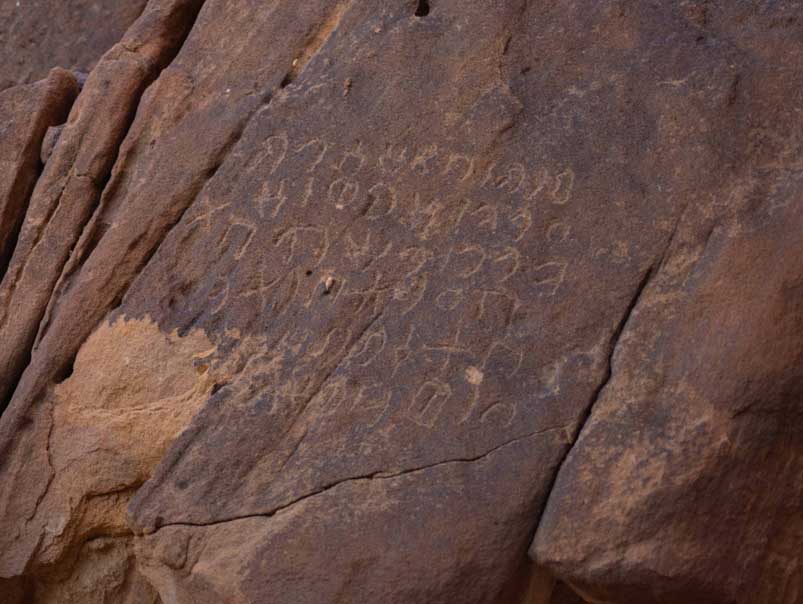
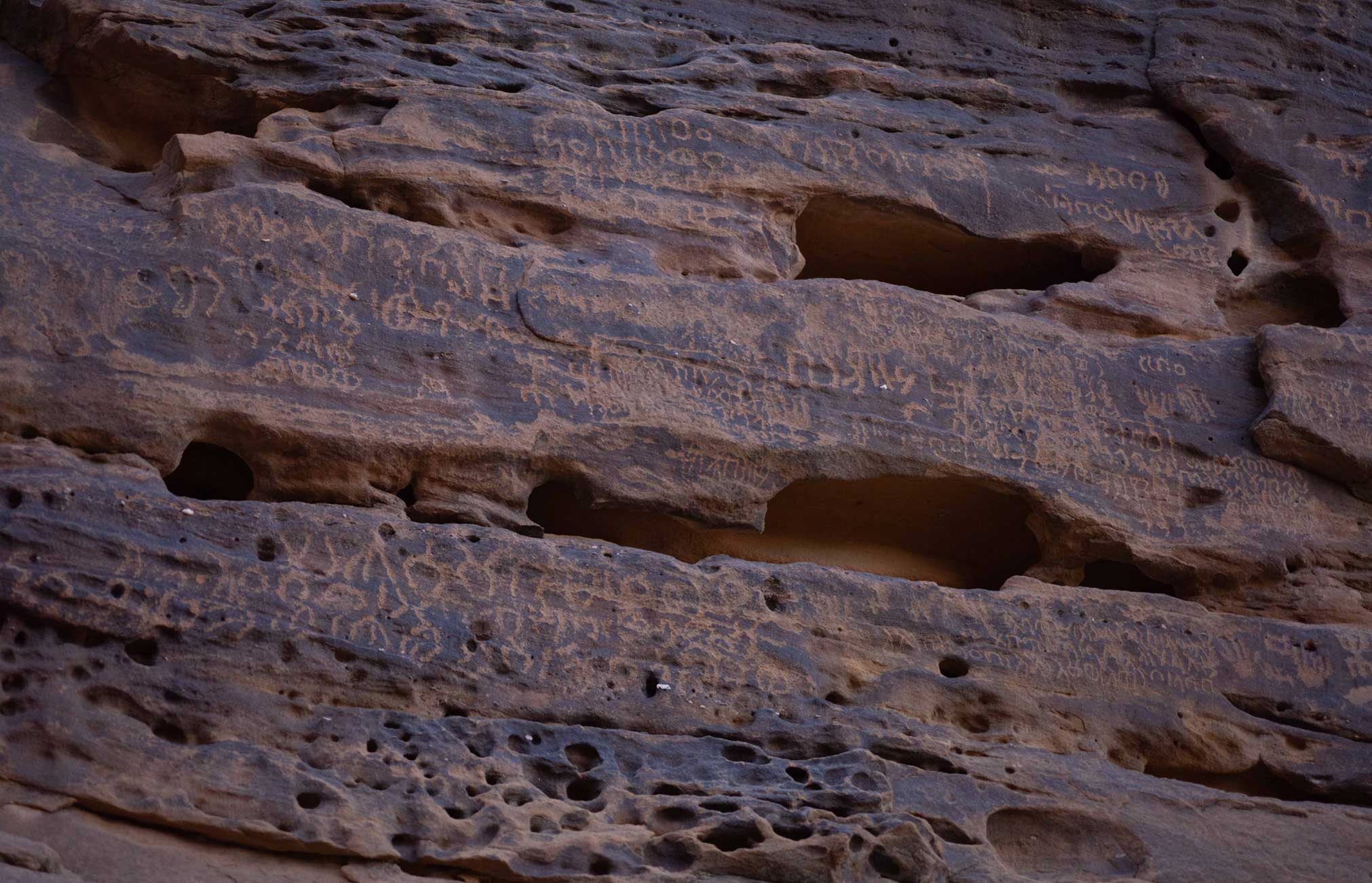
Some inscriptions refer to women as priestesses, owning properties and performing ceremonies, reflecting their wealth and prosperity, which suggests female empowerment in ancient cultures of Arabia.
“We're focusing on everything from the Palaeolithic era to the early 20th century,” says Foote, noting the vast scope of the archaeological work being carried out in the county of AlUla. Among the most significant contributions of the RCU archaeological teams is to have identified the dates and uses of the many ancient stone structure types.
Details of the Lion Tombs
The oasis at AlUla
A complex society
Among the greatest discoveries of the Neolithic period (c. 6000 BCE) are the so-called “desert kites”, the ancient, stone-built animal traps that look like a child's kite with streamers when seen from the air. They were named by British RAF pilots in the 1920s and the name stuck. Wild animals, says Foote, probably mostly gazelle, were driven into these traps by hunters.
RCU’s research reveals that Neolithic society in the region was more complex and sophisticated than previously imagined. There is evidence that people were exchanging goods along the Red Sea coast and with eastern Jordan, as well as being agriculturists who kept cattle, goats and sheep at home for their meat, milk and fibres. They also exhibited an interest in decorative items, including jewellery in the form of beads crafted from shells.
– Rebecca FooteThe strategy is not to excavate beyond what we can preserve and conserve
Community involvement
AlUla's future as a global archaeological hub based on conscientious development and conservation holds great promise, with the RCU committed to protecting archaeological and other heritage remains. In AlUla’s Old Town, for example, this approach ranges from stabilisation – preserving structures in their current state – to adaptive reuse, which involves introducing amenities that the original buildings never had, but which add new life for today’s visitors.
A balance is also being struck between AlUla’s evolution and the continuity of everyday life for local people. Almushawah stresses the importance of community involvement in preserving AlUla’s heritage. “From the outset, as part of our archaeological work, we have solicited local people’s opinions and knowledge, consulted elders about authentic restoration processes, and honoured local customs and values.”
A fundamental goal is to increase community engagement by encouraging locals to become stewards of AlUla’s heritage. Hamat Alenaize, who as a boy played among sandstone rocks that bore ancient inscriptions, is one such individual. “I wondered about the people who had created the inscriptions, and what messages they were trying to convey,” he recalls.
Having later been engaged as a local guide, Alenaize helped lead archaeological researchers to the elusive carved words and, in time, began to better understand their significance. Now 70, he partners with the RCU to help document, assess and categorise inscriptions; to date, he has documented thousands of them in AlUla.
At 2023’s inaugural AlUla World Archaeology Summit, attended by more than 300 delegates from 39 countries, archaeology was described as having “immense power to shape cultural identity and shared human experience”, inspiring visitors to find out more about AlUla. Its development as a tourism destination gives rise to fresh interpretations of its storied past.
By reframing our understanding of the past, archaeological discoveries can help us to observe our connections to ancient civilisations and how they relate to modern-day society. Important findings show us the systems that our ancestors devised to make themselves more resilient and to resolve universal challenges, many of which remain relevant today. Uncovering, examining and comprehending human history is crucial in shaping a better future for all.
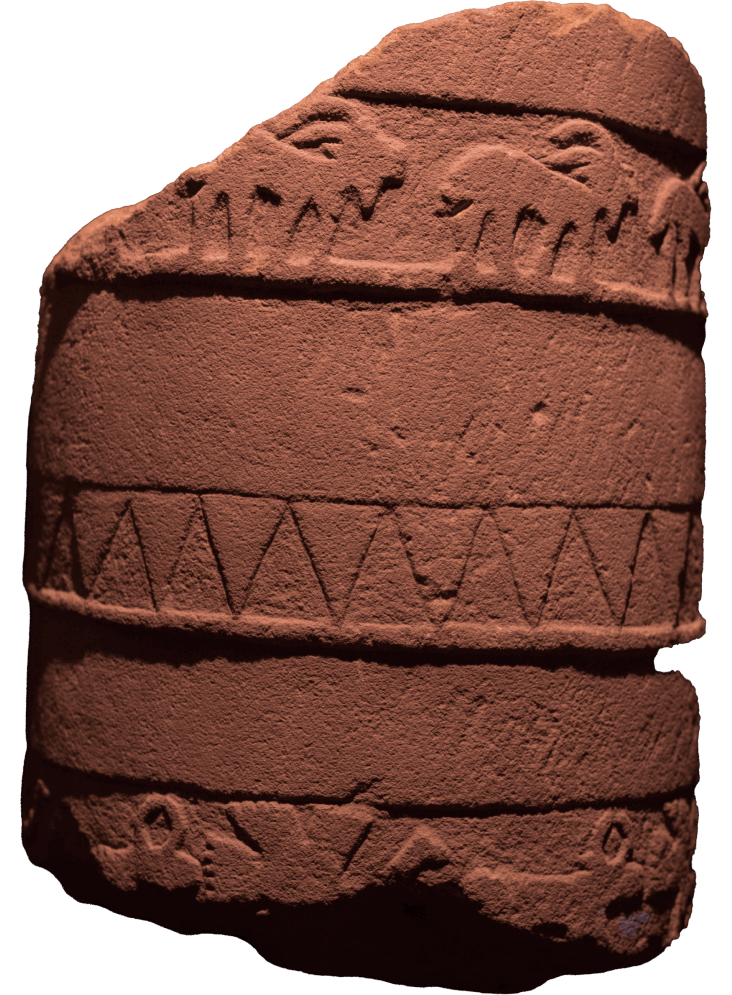
Title: Column (fragment)
Description: Fragment of a decorated sandstone column found in the ruins of Dadan.
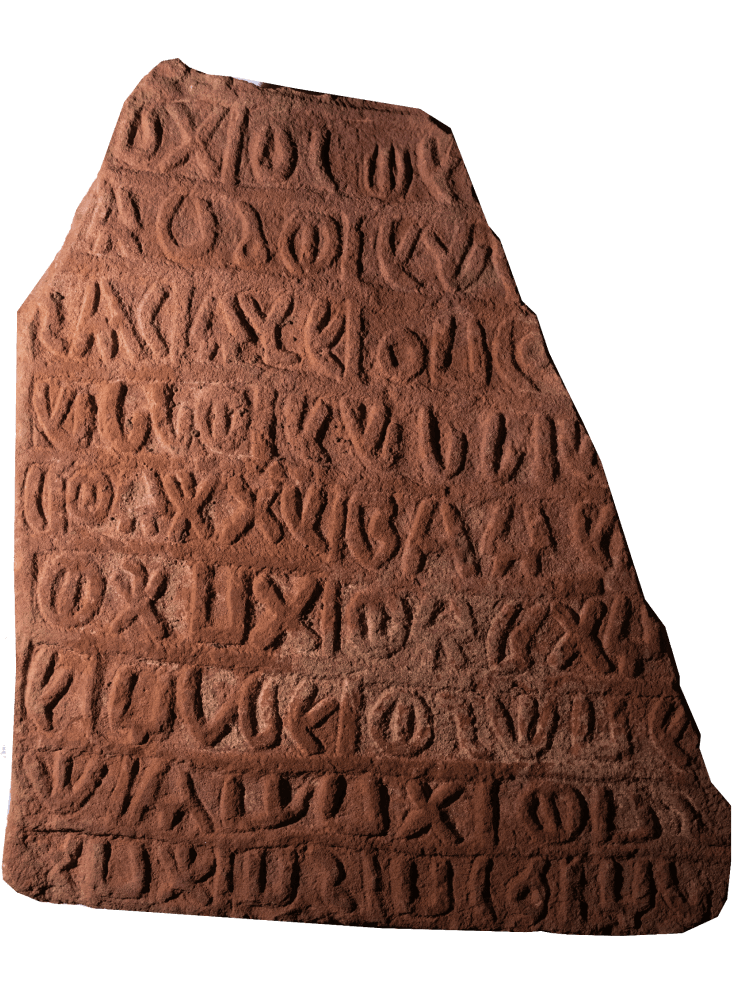
Title: Inscription (fragment)
Description: Fragment of Dadanitic inscription carved in relief on red sandstone.
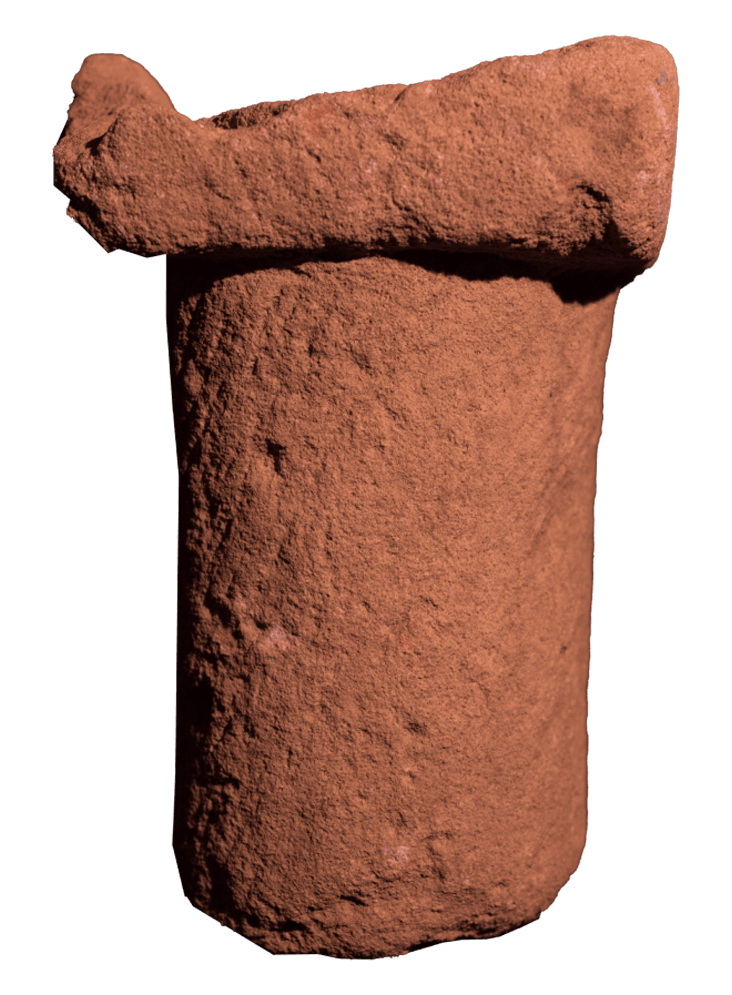
Title: Incense burner (fragment)
Description: Fragment of an incense burner found in Dadan.






